Hello,well-wishers!! It’s me, AFIF AL TAMIM. Today I will discuss the history of clothing and textiles. Stay tuned.
The history of clothing and textiles is as old as human civilization. The current textile industry is a reflection of the intelligence, adaptability, and cultural evolution of mankind. From primitive clothing made from animal skins to today’s sophisticated fabric designs, the journey has not been easy. The story of textiles is full of influences of innovation and artistry. The desire to be well and to live well has basically brought mankind to this stage today.
Following are the significant milestones in textile history and how it has evolved over thousands of years.
Prehistoric beginnings: Primitive clothing
The earliest evidence of clothing dates back to about 100,000 years ago. People at that time used animal skins and fur to make clothing, primarily to protect themselves.
Archaeologists have discovered traces of woven cloth in the ground dating back 34,000 years, indicating early attempts at weaving.
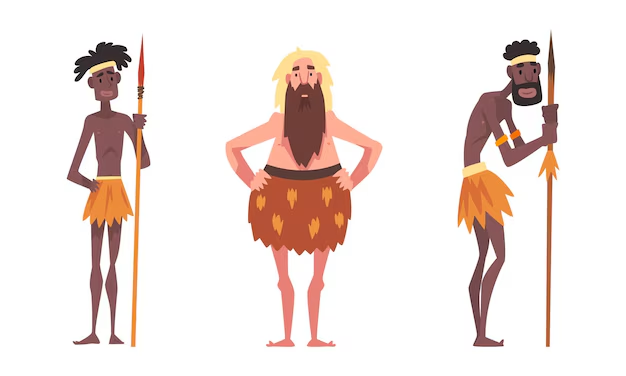
Ancient civilizations and the rise of weaving (10,000–1000 BCE):
Along with the advent of agriculture, humans began cultivating plants such as hemp and cotton primarily to produce fiber. Linen is made from hemp, which has become one of the oldest textile materials.
Linen was used for everyday clothing and mummification in ancient Egypt. Mesopotamian wool was quite popular, especially among the elite.
Cotton was first cultivated in India around 5000 BC, making it a very valuable textile material. The Indus Valley civilization became known for its cotton fabrics.
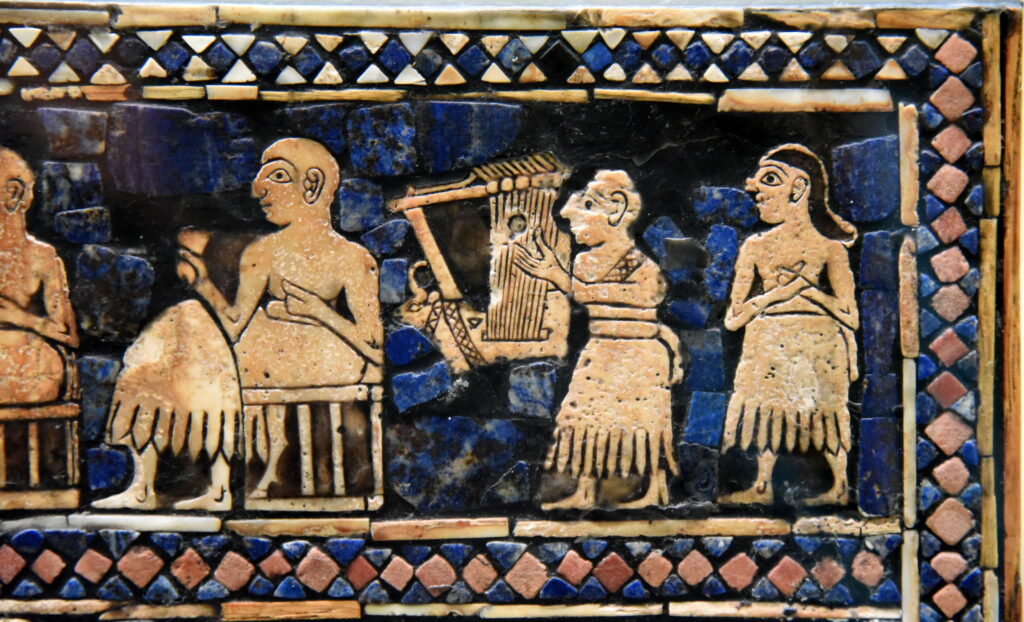
Classical Antiquity: The spread of silk & wool (1000 BCE-500 CE)
In ancient Greece and Rome, wool was a staple material used for togas, tunics, and other garments.
Silk routes established between China, Central Asia, and Europe facilitated trade in silk and other textiles. Chinese silk was considered a symbol of wealth.
Tyrian purple, a dye derived from sea snails, has become extremely popular. This purple dye was used as a symbol of royalty.
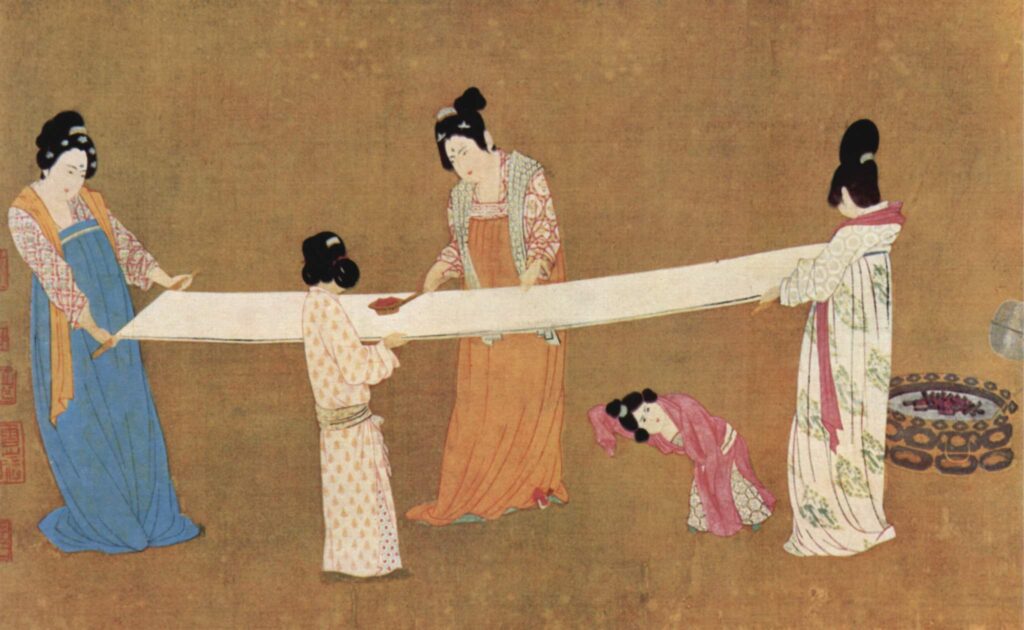
The Islamic World and Mediaeval Europe (500 CE–1500 CE):
During the Middle Ages, wool became the mainstay of the European economy, especially in England, France, and Flanders.
Islamic artisans created intricate fabrics and patterns, including damask and muslin. Through trade routes, these textile products spread to Europe and Asia, which later greatly influenced textile production and fashion in many regions.
Islamic cities such as Damascus, Cairo, and Baghdad became famous for luxurious fabrics such as silk and brocade. Which was very lucrative and hugely successful.
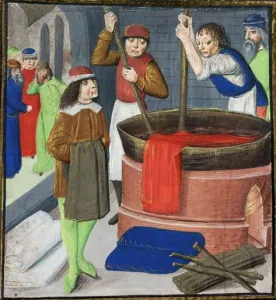
Globalization and the Renaissance (1500 CE-1800 CE):
European explorers collected cotton from India and silk from China. World trade increased by increasing the demand for these fabrics in Europe.
New weaving and dyeing techniques were discovered in Italy and France that made luxury fabrics even more luxurious.
European powers expanded the textile trade in India, Southeast Asia, and the American colonies. Then cotton became the main export product.
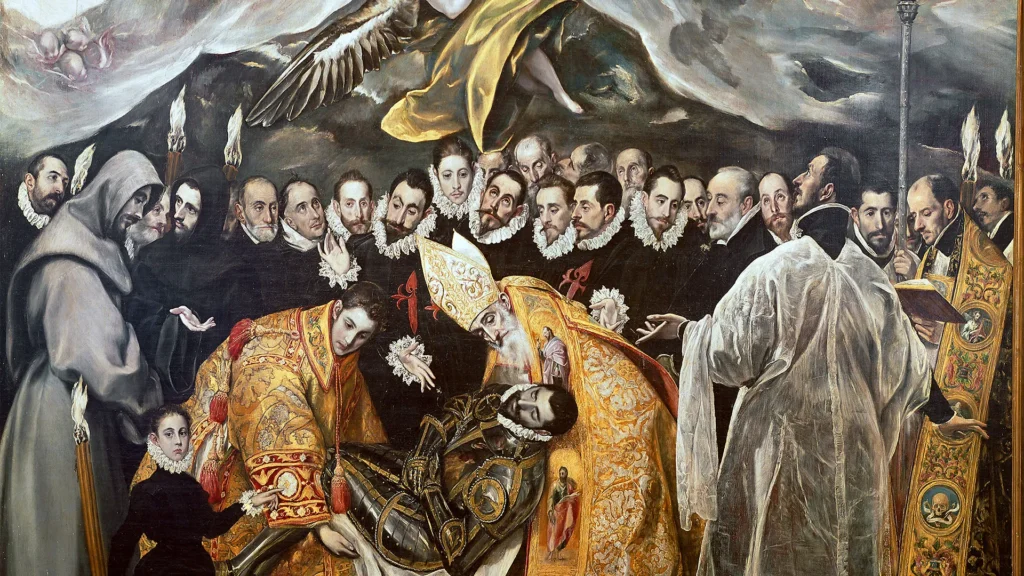
Mechanization and mass production during the industrial era (18th–19th century):
The invention of the spinning Jenny, the water frame, and the power loom revolutionized the textile industry. These machines are fast, cheap, and mass-producible.
Cotton became the most widely used fiber as it was versatile and affordable. Machanized spinning mills began to produce cotton cloth quickly with machines instead of manual labor.
Natural dyes are replaced by synthetic dyes. Those were more affordable, vibrant, and widely accepted by the people.
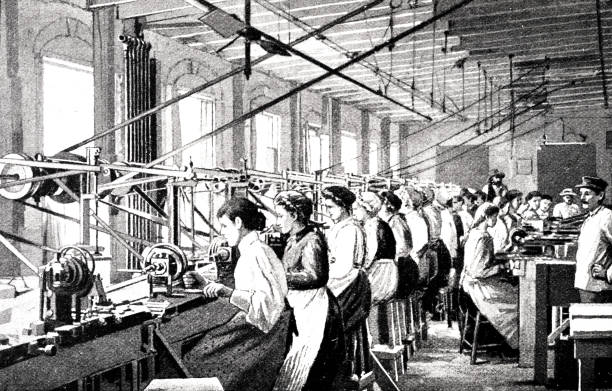
20th Century: Synthetic Fibers and Fast Fashion
Advances in chemistry led to synthetic fibers such as rayon (1924), nylon (1935), polyester (1941), and spandex (1958). These fibers revolutionized the textile industry by providing durability, extensibility, and affordability.
In the latter half of the century, “fast fashion” brands began to produce cheap, trendy clothes designed for short periods of wear that were then given away.

20th century
21st Century: Sustainable Textiles and Technological Innovations
Eco-friendly fibers such as organic cotton, bamboo, and tencel have gained popularity.
Recent innovations include “Smart Textiles” embedded with technology such as moisture-wicking fabrics, temperature-regulating materials, and clothing with integrated electronics.
Clothes that are made to be recycled and reused are called “Circular Fashion.” Brands are focusing on it now. Waste reduction is its main objective.
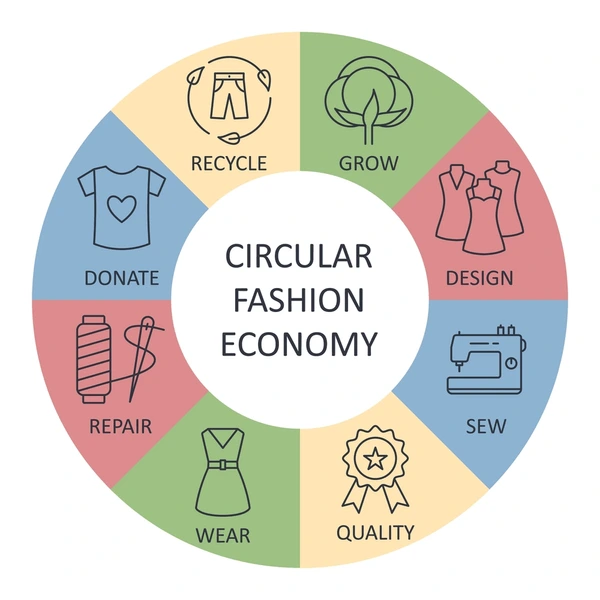

21st century
The history of clothing and textiles reflects the journey of human civilization. Each era brings new materials, technologies, and ideas that change the way we dress. The future of clothing and textiles is as dynamic as its past.
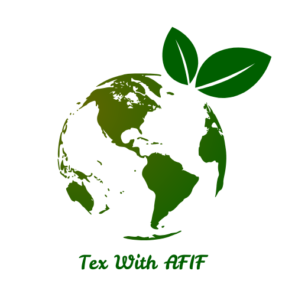

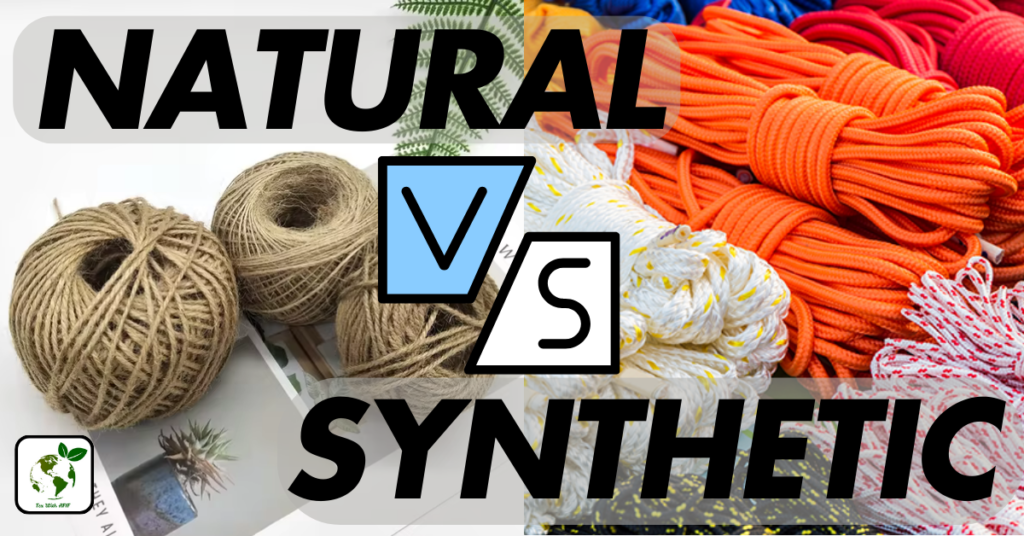
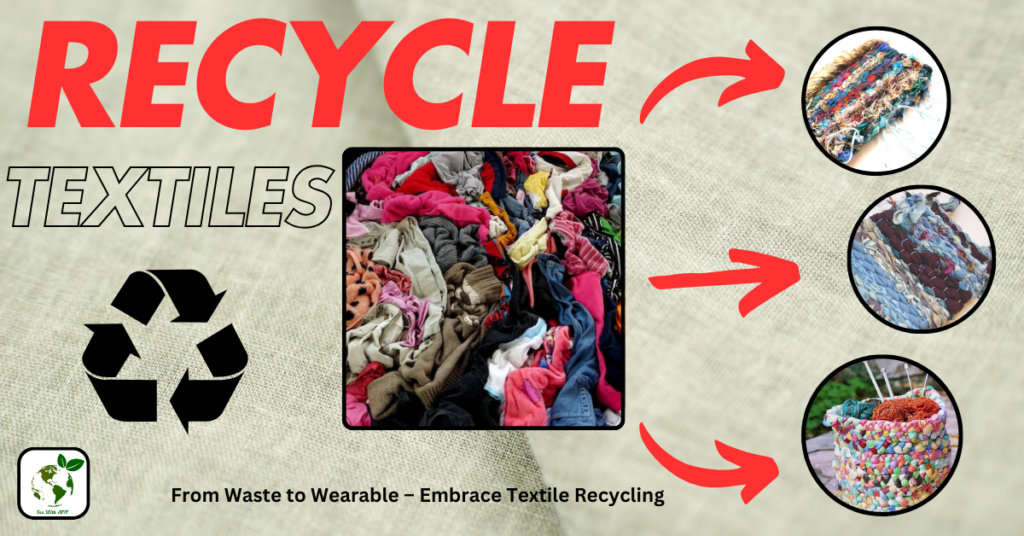
Pingback: What is Hemp Fabric?? An overview-2025///